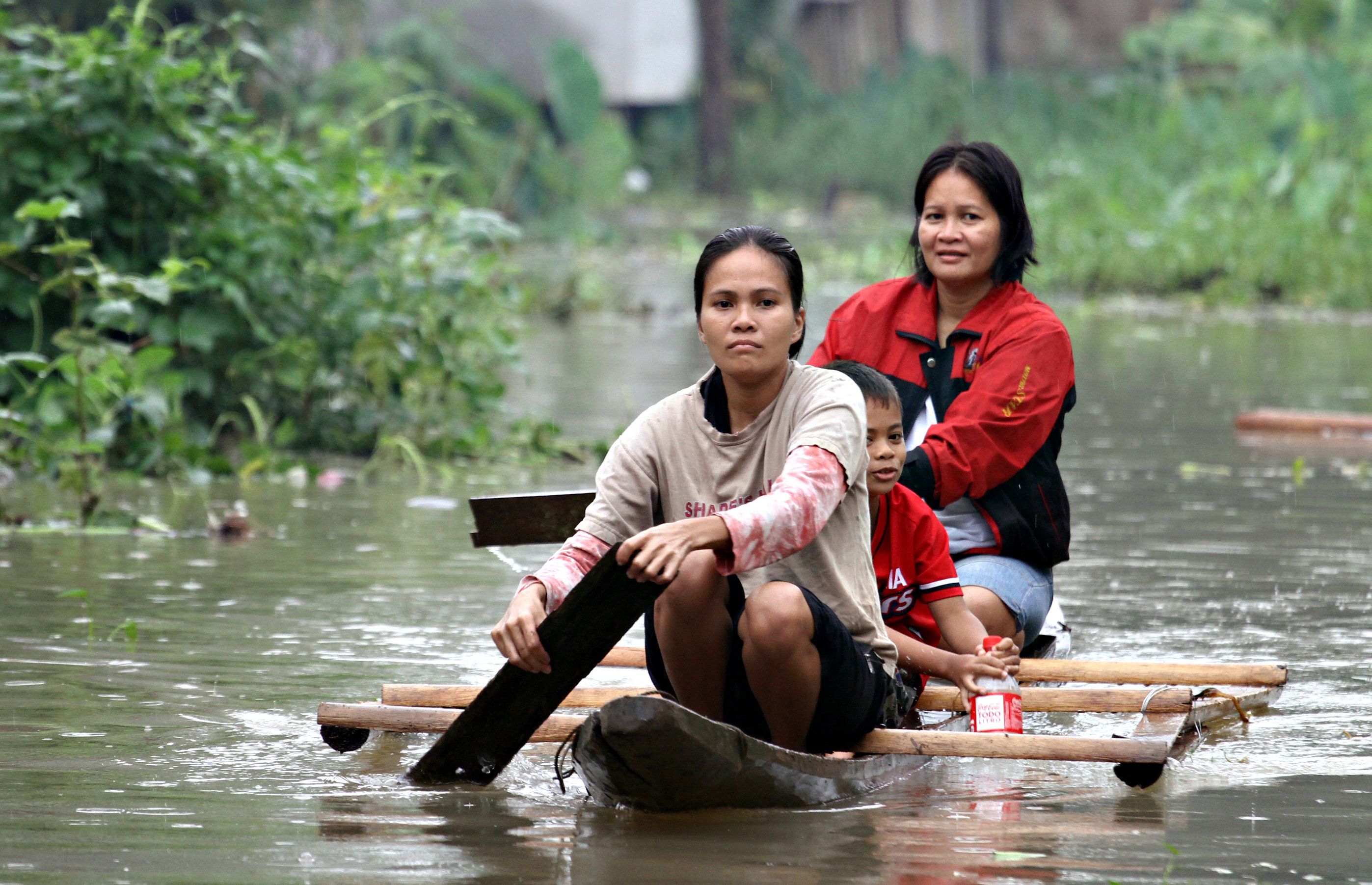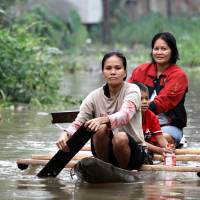People in coastal regions of Asia, particularly those living in cities, could face some of the worst effects of global warming, climate experts will warn this week.
Hundreds of millions of people are likely to lose their homes as flooding, famine and rising sea levels sweep the region, one of the most vulnerable on Earth to the impact of global warming, the U.N. will state at a meeting in Yokohama.
The report — "Climate Change 2014: Impacts, Adaptation and Vulnerability" — makes it clear that for the first half of this century countries such as the U.K. will avoid the worst impacts of climate change, triggered by rising carbon dioxide levels in the atmosphere.
By contrast, people living in developing countries in low latitudes, particularly those along the coast of the Asian continent, will suffer the most, especially those in crowded cities.
A final draft of the report will be debated by a panel of scientists set up by the Intergovernmental Panel on Climate Change at the Yokohama meeting, and will form a key part of the fifth IPCC assessment report on global warming, whose other sections will be published later this year.
According to the scientists behind the draft report, which makes grim reading, hundreds of millions of people will be affected by coastal flooding and land loss as global temperatures rise, ice caps melt and sea levels rise.
"The majority of it will be in East, Southeast and South Asia. Some small island states are expected to face very high impacts," the report says.
In addition, it warns that cities face particular problems, saying, "Heat stress, extreme precipitation, inland and coastal flooding, as well as drought and water scarcity, pose risks in urban areas with risks amplified for those lacking essential infrastructure and services or living in exposed areas."
The report adds that this latter forecast is made with very high confidence.
Further, climate change will slow economic growth, further erode food security and trigger new poverty traps particularly "in urban areas and emerging hot spots of hunger."
This combination of a high-risk region and the special vulnerability of cities make coastal Asian urban centers likely flash points for future conflict and hardship as the planet warms up this century.
Acrid plumes of smoke, produced by forest fires triggered by drought and other factors, are already choking cities across Southeast Asia. In future, this problem is likely to get worse, say the authors.
The reports warns that other climate change effects will be global.
"Climate change throughout the 21st century will lead to increases in ill-health in many regions, as compared to a baseline without climate change," it states.
"Examples include greater likelihood of injury, disease, and death due to more intense heat waves and fires; increased likelihood of under-nutrition resulting from diminished food production in poor regions; and increased risks from food-borne and water-borne disease," it adds.
Other potential crises highlighted include the likelihood that yields of major crops, such as wheat, rice and maize, are likely to decline at rates of up to 2 percent per decade, at a time when demand triggered by world population increases is likely to rise by 14 percent.



















With your current subscription plan you can comment on stories. However, before writing your first comment, please create a display name in the Profile section of your subscriber account page.